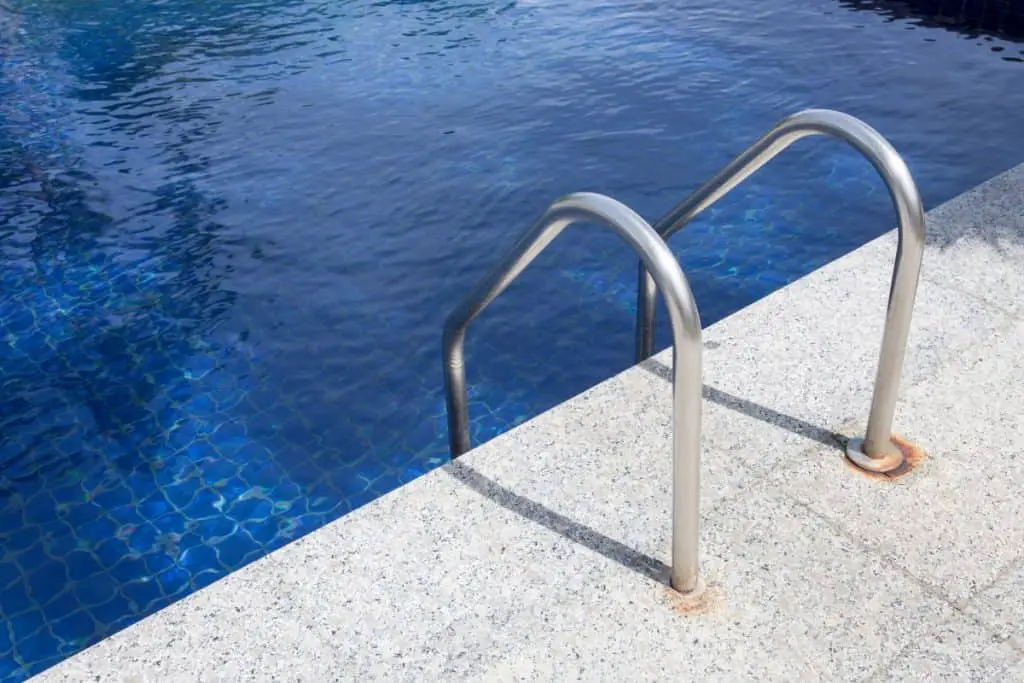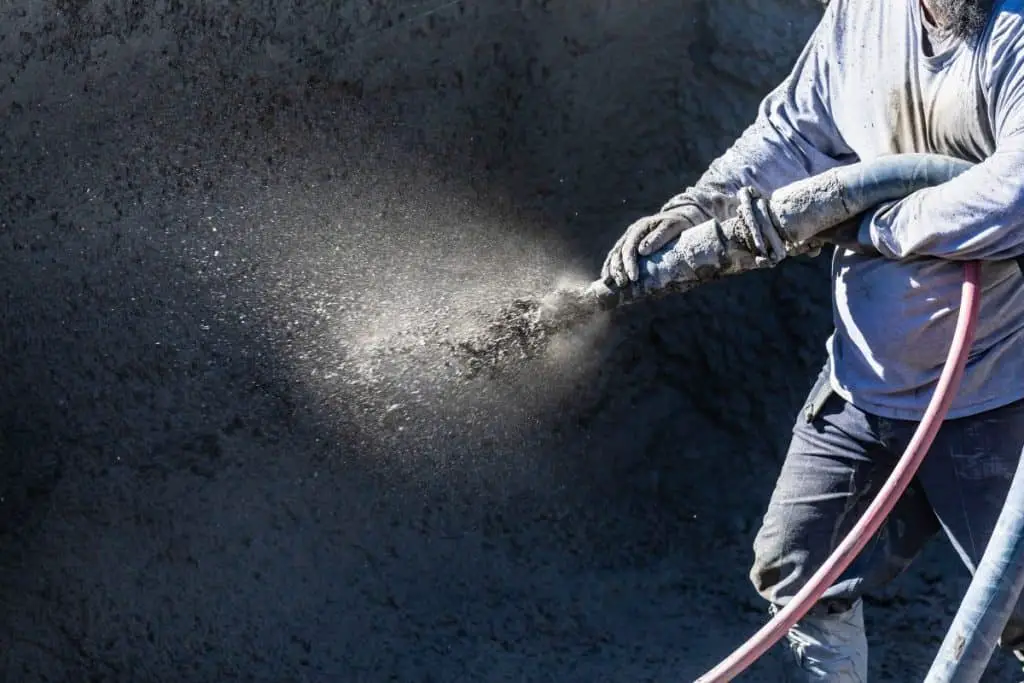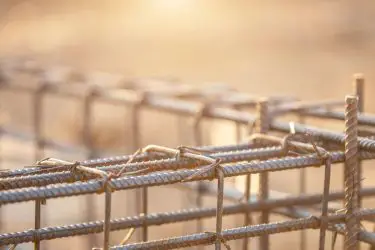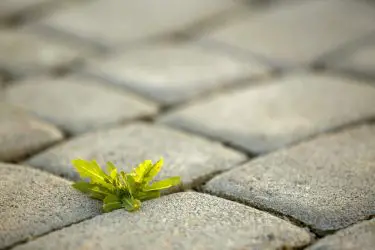After watching the long process of a pool set up and construction, you can’t help but wonder how much longer until you can test it out and jump in. Even though you are ready to enjoy your new pool, be sure that the process of concrete and plaster curing is complete.
It takes an average of 28 days for a concrete pool to cure. During the first seven days, the pool will need watered 3-4 times a day to aid in the curing process. After the concrete has cured and been plastered, the pool will cure again while it is filled. It must remain full for the first 30 days.
Waiting all that time for the pool to be ready can be a great learning experience, and will help you know how to better take care of and understand your concrete pool.

Table of Contents
How Concrete Pools Are Made
As seen over the course of your pool installation, a variety of steps must be taken to make a concrete pool.
First, the dirt and earth will need to be removed or excavated and taken off the premises. Depending upon the size and depth of your pool, this could take anywhere from a couple of hours to a couple of days.
Next, a subgrade is installed, as well as a blanket of steel reinforcements or rebar. Eventually, this will be encased by the concrete, but it is important in keeping your concrete from cracking and helps it to better adapt to the movement around the pool.
The water systems are also installed around this time.
Next, the pool will begin to look like a pool as the gunite or shotcrete concrete is sprayed onto the reinforcements. Concrete being sprayed out of a gun looks pretty sweet and is an important part of the process.

After it has been sprayed into place, it is shaped with edging tools.
Then comes the waiting. The curing process will begin to take place.
While the curing process goes on for about 28 days, the first 7 to 10 days are the most critical as the concrete needs to be watered 3 or 4 times daily to ensure a solid cure.
The pool can then be waterproofed, cleaned, and smoothed. You can also add tile and coping around this time.
Afterward, the final finish of the pool is added. This is called plaster. This is a mixture of cement, sand, marble dust, pigment, and water. Once this is done, the pool will be filled with water and left to cure a little longer.
For a more detailed explanation, you should read our article “This Is How Concrete Pools Are Made“.
What’s the Difference Between Gunite and Shotcrete?
Many different terms are used when installing concrete for a pool. A few you may have heard of are gunite and shotcrete.
Both gunite and shotcrete are concrete, which you apply by spraying. The ingredients are the same in both mixes. The difference is just when the water is added. If the concrete comes in a concrete mixer truck, already mixed with water, it’s shotcrete. If the water is added upon the time of the application, it’s shotcrete.
So the two materials are essentially the same thing, it’s just the application technique that differs.
Waiting Times: Concrete And Plaster
After your concrete has been poured, it must be watered even though it is not a plant. Below is a great demonstration of watering the concrete.
The reason this is done is to slow the curing process down. Slowing it down helps to prevent cracks in the concrete, keeps the concrete glued to the steel reinforcements, and prevents shrinkage.
While it may take time now to water your concrete, it is adding to the life of the specific pour and is critical to the process. This can be done daily just with a hose, a mister with a timer, or even a sprinkler.
Repeating this process for 7 days will aid in the cure of the concrete.
After the 7 days, it is suggested to wait another 20 or so days for the concrete to completely cure. After this, the plastering can be added.
Plaster is a mixture of white cement and marble white sand. This is applied to the pool in two coats.
Once the plaster is dry, the pool is immediately filled up.
At this time, it is common for the water to be a little murky, but don’t forget that the plaster has still not finished curing.
It will take 7 to 10 days for the plaster to cure. During this time, no chemicals should be added and the filtration system should not yet be filtering.
Brushing the sides of the pool during this time will help remove any plastering dust particles and loose material so that when you refill the pool, it is not murky.
The pool should remain full for 30 days, but chemicals can be added after 10 days.
Pros and Cons of Concrete Pools
Concrete pools take quite some time to set up, but considering the pros and cons first will help in determining if the long process is worth the wait.
Pros
- Aesthetically Pleasing – Concrete pools have a sleek finish. You don’t have to worry about bubbling or exposure to the sun.
- Very Customizable – Getting a concrete pool means you get to decide exactly how it looks, what color it is, and where you place the steps. It gives you exactly what you want.
- Strong and Long-Lasting – Concrete, while it can chip, lasts longer and is strong. Sharp objects won’t damage it, and it is easier to remove marks from.
Cons
- High maintenance – Sadly, a concrete pool must be looked after diligently. Algae can grow in the porous material and it will need to be brushed and cleaned
- It takes a long time – It’s not a one or two day process but a couple of weeks. Because of the algae, you will also need additional chemicals and time to mix them in.
- Plaster needs refinish – The plaster that is placed on the interior of the pool is not quite as durable as the concrete and will need to be refinished.
- Rough Finish – If you just use concrete, the surface can be rough on the skin and doesn’t stay as strong with salt water around.
Other Pool Options
Now that the pros and cons have been displayed, it is important to understand the other options for pools that are out there to properly weigh out your options.
- Fiberglass Pools– A fiberglass pool comes premade and in a shell ready to be put directly into the excavated hole. In turn, the pools are much less customizable and come with preformed steps. While over time the sun will deteriorate the fiberglass, algae has a really hard time growing on such a slick surface.
- Vinyl Pools – Vinyl pools are made with metal or plastic frames and supporting material, of which the vinyl is laid over. They also deteriorate over time due to the sun, by a protective layer can help it have a longer life.
- Alternative Finishes – Concrete, but rather than applying a plaster finish, another type of finish can be placed. For example, stone or pebble aggregate has become very popular. This will still require the wait during the concrete process but will be much more customizable.
Read more: Concrete vs. Fiberglass Pool: The Ultimate Comparison
It seems as though we have the option of being more customizable or quicker in our pool installation.
You can either wait for a couple of weeks to a month to have your concrete pool completely set up or have your pool delivered and placed on your property in a matter of days.
All of these are valid options, but if you do get a concrete pool, remember to be patient with the process.



